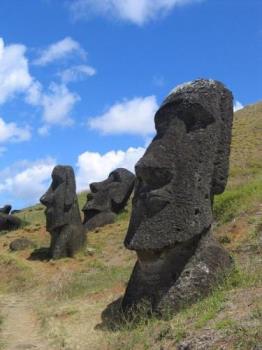Have You Ever Seen An Elephant?
By Angelslove
@Angelslove (1368)
India
23 responses
@SUDHIR1965 (37)
• India
1 Feb 07
Yes have seen and very frequently get the chnace to intreact with them and also ride them.
@SUDHIR1965 (37)
• India
23 Jan 07
I have seen an elephant and not only seen I had many ocassion throught the year to ride them during clebration of different festival.
@chandan_np (62)
• Nepal
1 Feb 07
Yeah, of course and have rode on too. I am from Nepal and you can frequently see elephants here in some parts freely moving as well as in the zoo. It is the largest mammal on the land, apart from Blue Whale, if i am not wrong. Likes stem of the plants too much, swallow water from its trunk.
@mihai80 (865)
• Romania
29 Nov 06
Yes. Elephantidae (the elephants) is a family of pachyderm, and the only remaining family in the order Proboscidea in the class Mammalia. Elephantidae has three living species: the African Bush Elephant, the African Forest Elephant (until recently known collectively as the African Elephant), and the Asian Elephant (also known as the Indian Elephant).
@mihai80 (865)
• Romania
29 Nov 06
Yes. Elephantidae (the elephants) is a family of pachyderm, and the only remaining family in the order Proboscidea in the class Mammalia. Elephantidae has three living species: the African Bush Elephant, the African Forest Elephant (until recently known collectively as the African Elephant), and the Asian Elephant (also known as the Indian Elephant).
@mihai80 (865)
• Romania
29 Nov 06
Yes. Elephantidae (the elephants) is a family of pachyderm, and the only remaining family in the order Proboscidea in the class Mammalia. Elephantidae has three living species: the African Bush Elephant, the African Forest Elephant (until recently known collectively as the African Elephant), and the Asian Elephant (also known as the Indian Elephant).


















